Match the Column - I with Column - II
Column-IColumn-II(a) P-wave(i) Depolarisation of ventricles(b) QRS complex(ii) Repolarisation of ventricles(c) T. Wave(iii) Coronary ischemia(d) Reduction in the size of T-wave(iv) Depolarisation of atria(v) Repolarisation of atria
Select the correct option:
(a)(b)(c)(d)(1)(ii)(iii)(v)(iv)
(a)(b)(c)(d)(2)(iv)(i)(ii)(iii)
(a)(b)(c)(d)(3)(iv)(i)(ii)(v)
(a)(b)(c)(d)(4)(ii)(i)(v)(iii)
The correct Answer is:B
To solve the matching question between Column-I and Column-II, we will analyze each item in Column-I and find the corresponding item in Column-II.
1. Match (a) P-wave:
- The P-wave represents the depolarization of the atria. This occurs when the sinoatrial (SA) node sends an electrical impulse that causes the atria to contract.
- Match: (a) P-wave → (v) Repolarisation of atria.
2. Match (b) QRS complex:
- The QRS complex represents the depolarization of the ventricles. It is characterized by the rapid contraction of the ventricles following the atrial depolarization.
- Match: (b) QRS complex → (i) Depolarisation of ventricles.
3. Match (c) T-wave:
- The T-wave represents the repolarization of the ventricles. After the ventricles contract, they need to repolarize in preparation for the next heartbeat.
- Match: (c) T-wave → (ii) Repolarisation of ventricles.
4. Match (d) Reduction in the size of T-wave:
- A reduction in the size of the T-wave can indicate coronary ischemia, which is a condition where there is reduced blood flow to the heart muscle.
- Match: (d) Reduction in the size of T-wave → (iii) Coronary ischemia.
Final Matches:
- (a) P-wave → (v) Repolarisation of atria
- (b) QRS complex → (i) Depolarisation of ventricles
- (c) T-wave → (ii) Repolarisation of ventricles
- (d) Reduction in the size of T-wave → (iii) Coronary ischemia
Correct Option:
The correct option based on the matches is:
- A → v
- B → i
- C → ii
- D → iii
- The P-wave represents the depolarization of the atria. This occurs when the sinoatrial (SA) node sends an electrical impulse that causes the atria to contract.
- Match: (a) P-wave → (v) Repolarisation of atria.
- The QRS complex represents the depolarization of the ventricles. It is characterized by the rapid contraction of the ventricles following the atrial depolarization.
- Match: (b) QRS complex → (i) Depolarisation of ventricles.
- The T-wave represents the repolarization of the ventricles. After the ventricles contract, they need to repolarize in preparation for the next heartbeat.
- Match: (c) T-wave → (ii) Repolarisation of ventricles.
- A reduction in the size of the T-wave can indicate coronary ischemia, which is a condition where there is reduced blood flow to the heart muscle.
- Match: (d) Reduction in the size of T-wave → (iii) Coronary ischemia.
- (a) P-wave → (v) Repolarisation of atria
- (b) QRS complex → (i) Depolarisation of ventricles
- (c) T-wave → (ii) Repolarisation of ventricles
- (d) Reduction in the size of T-wave → (iii) Coronary ischemia
The correct option based on the matches is:
- A → v
- B → i
- C → ii
- D → iii
Similar Questions
Match the column I,II,and III .Select the correct option :

View SolutionMatch the column I with column II and select the correct option
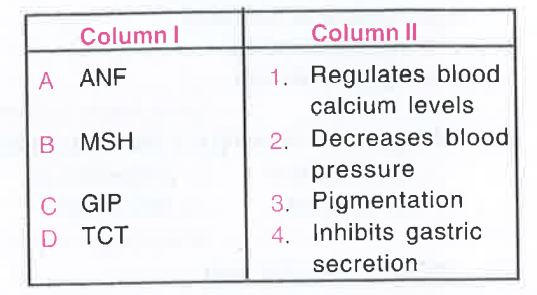
View SolutionMatch column I with column II and select the correct option.
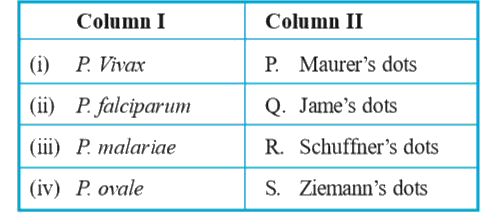
View SolutionMatch the column-I with column -II and select the correct option :
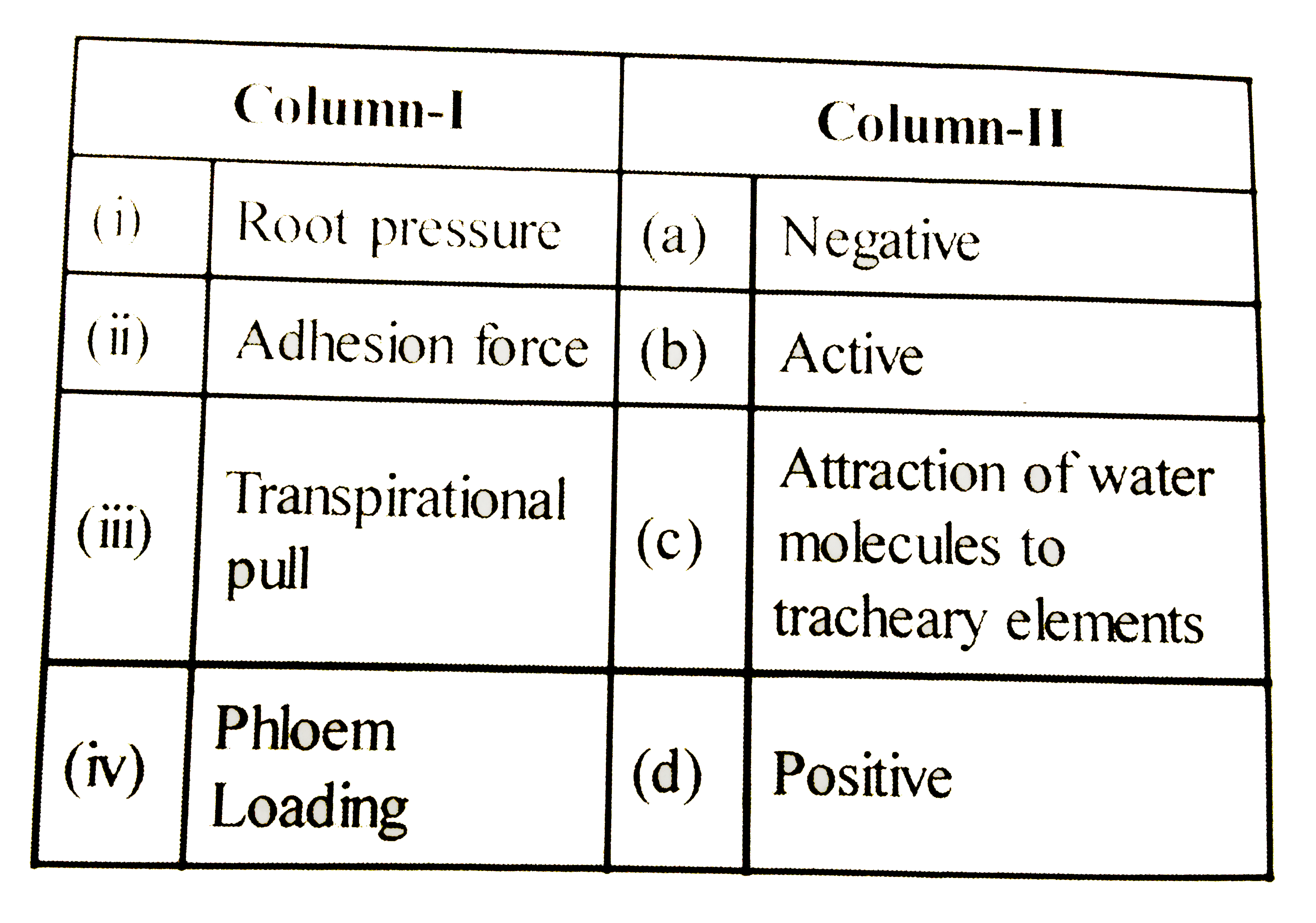
View SolutionMatch column I with column II and select the correct option.

View SolutionMatch the column-I with column-II and select the correct option :
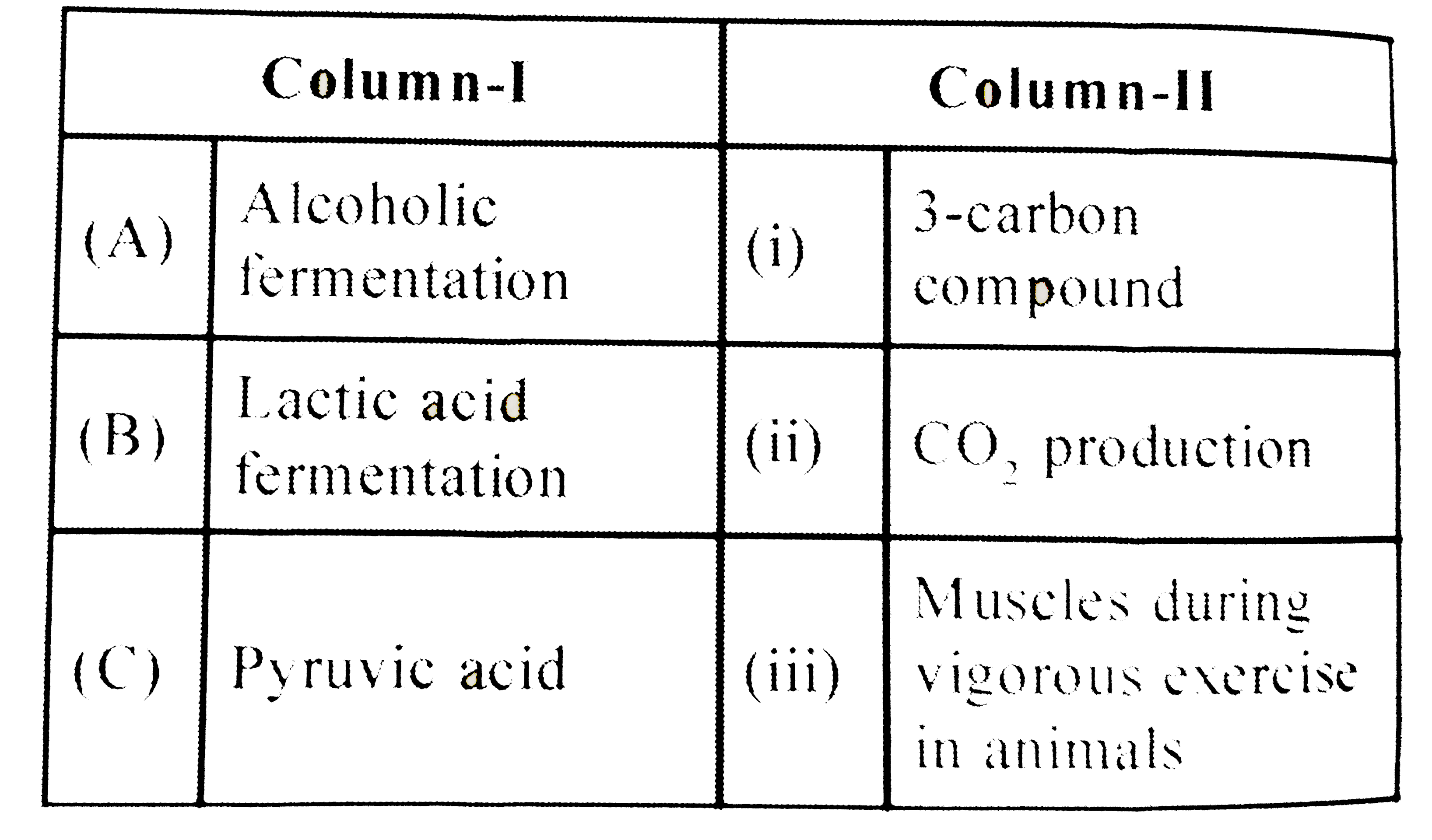
View SolutionMatch the Column I with Column II.
Column IColumn II(Plant)(Vegetative reproduction by )(a)Turmeric(i)Stolon(b)Crocus(ii)Rhizome(c)Vallisnerla(iii)Aerial shoot(d)Opuntia(iv)Corm
View SolutionMatch the column I with Column II:-
Column IColumn II(A) Unicellular(i) Spirogyra(B) Colonial(ii) Kelps(C) Filamentous(iii) Volvox(D) massive plant bodies(iv) Chlamydomonas
View SolutionMatch column -I with column-II and select the correct option :-
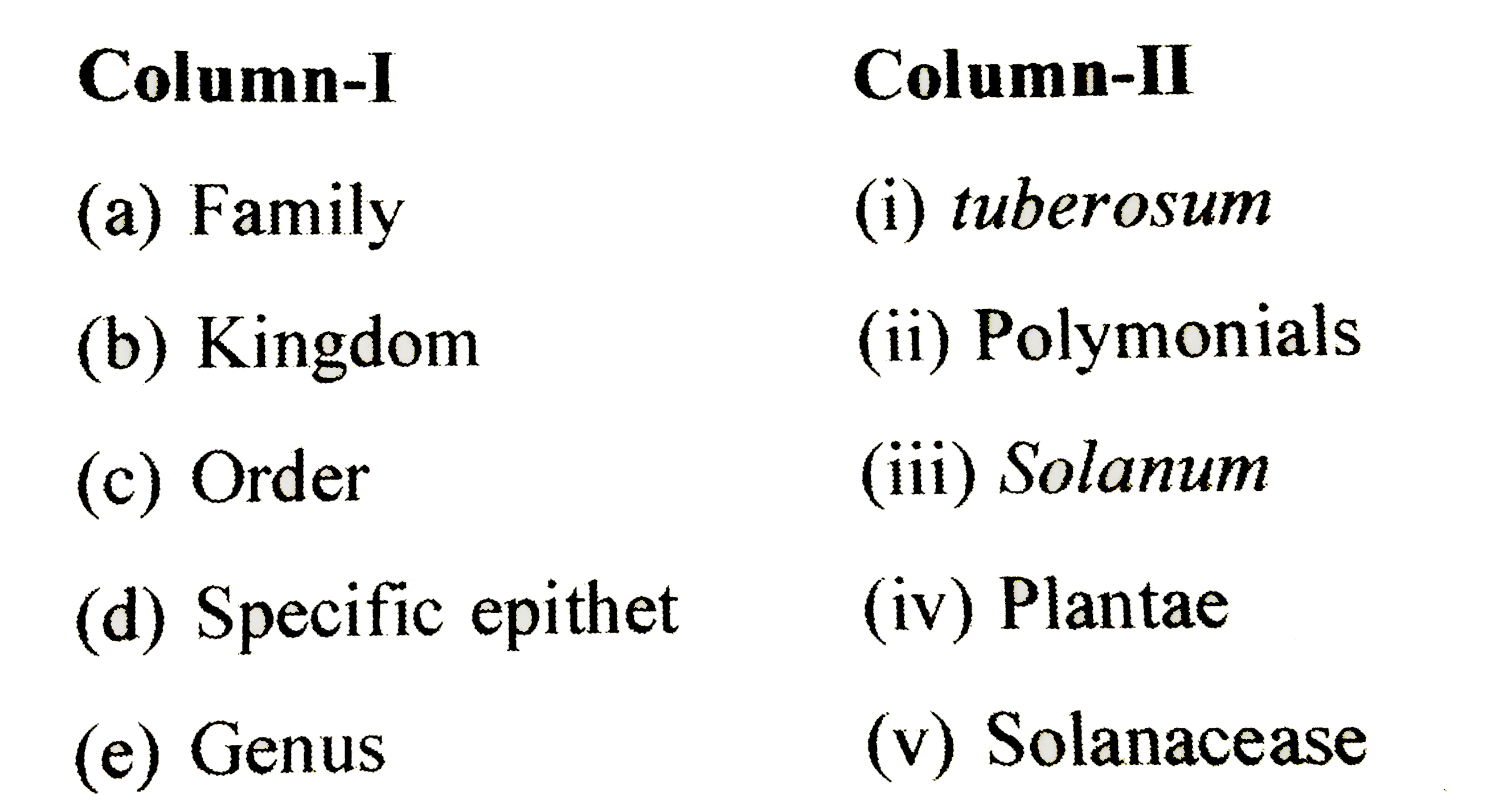
View SolutionMatch column I with column II and select the CORRECT option
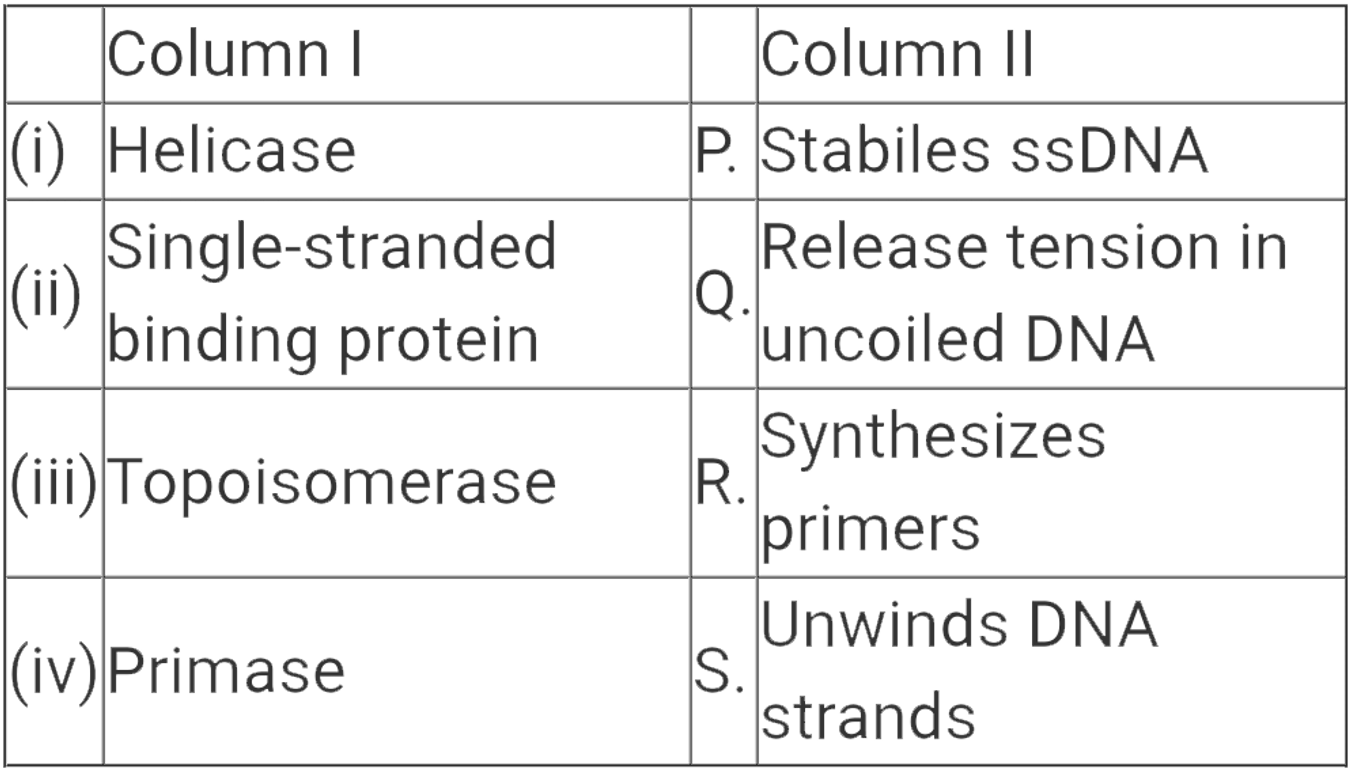
View Solution